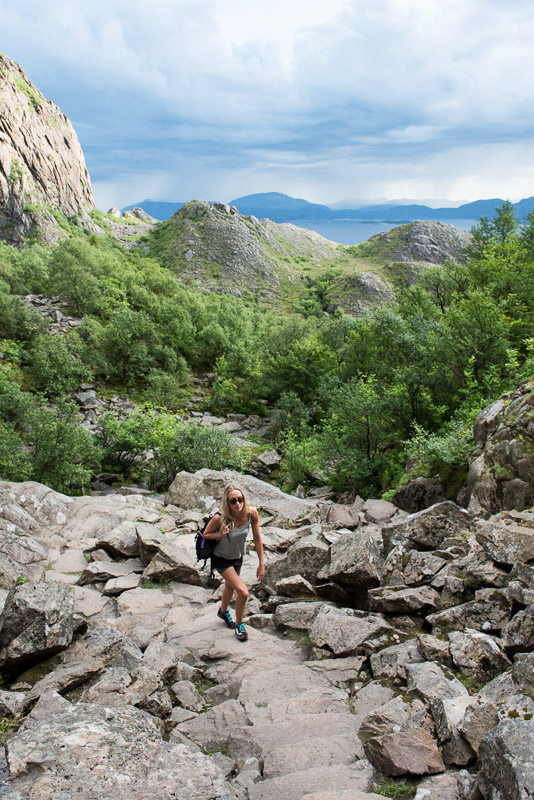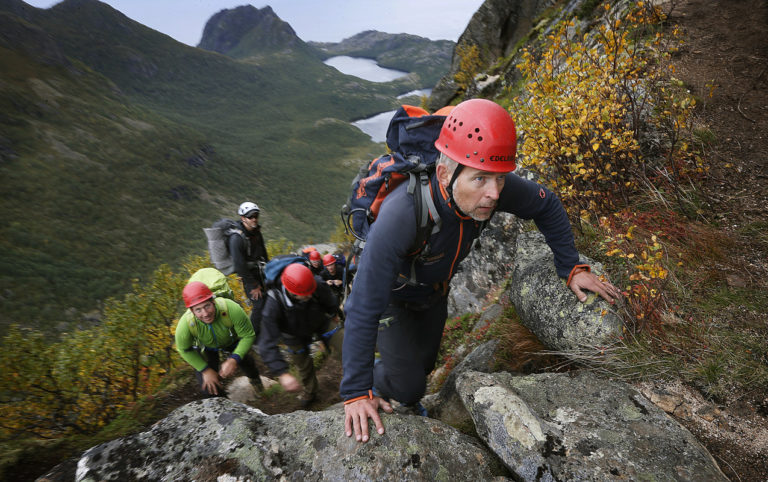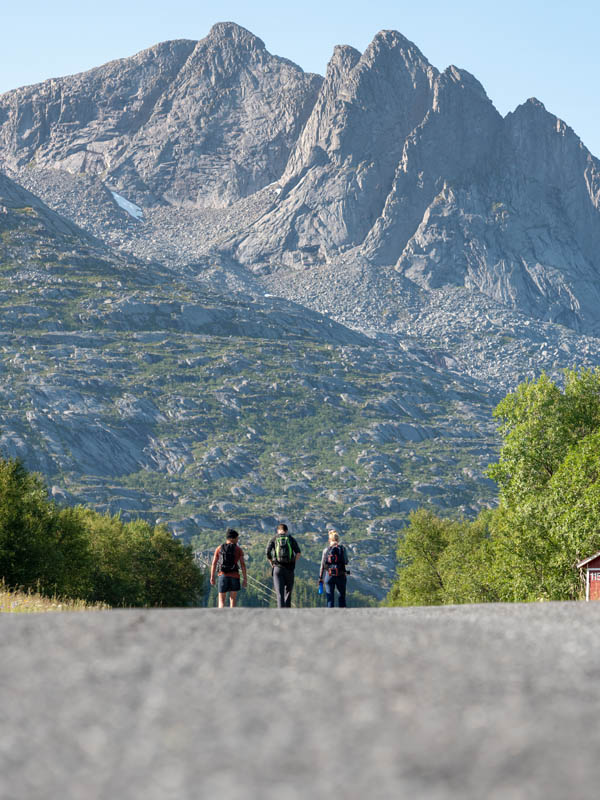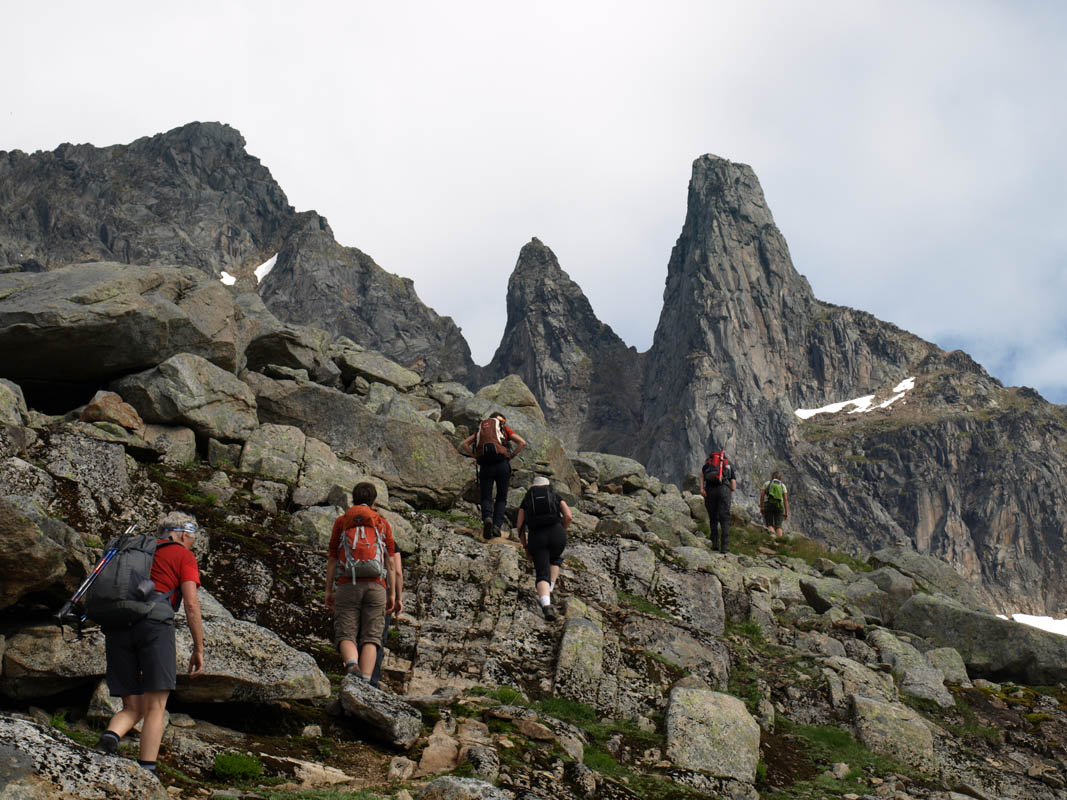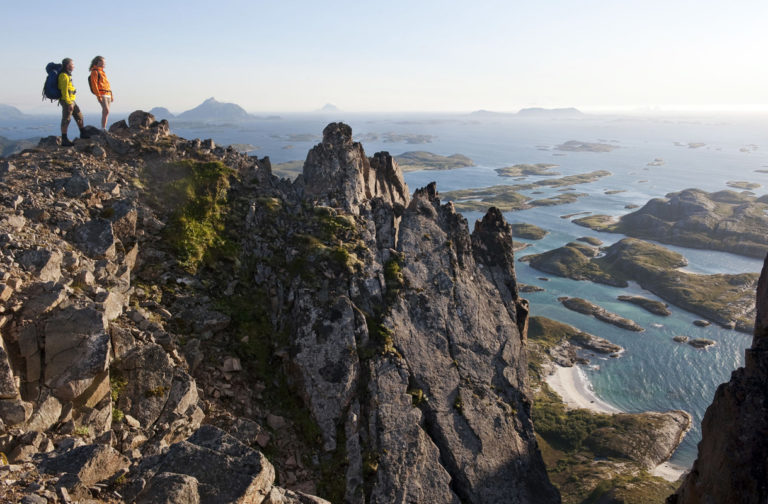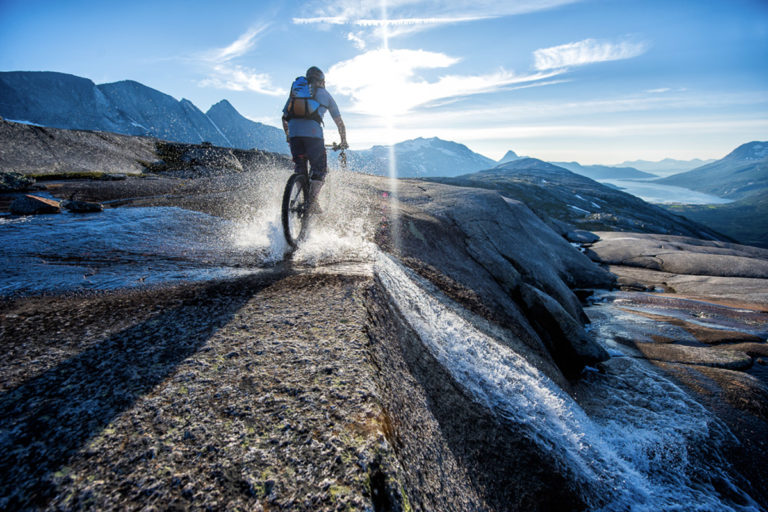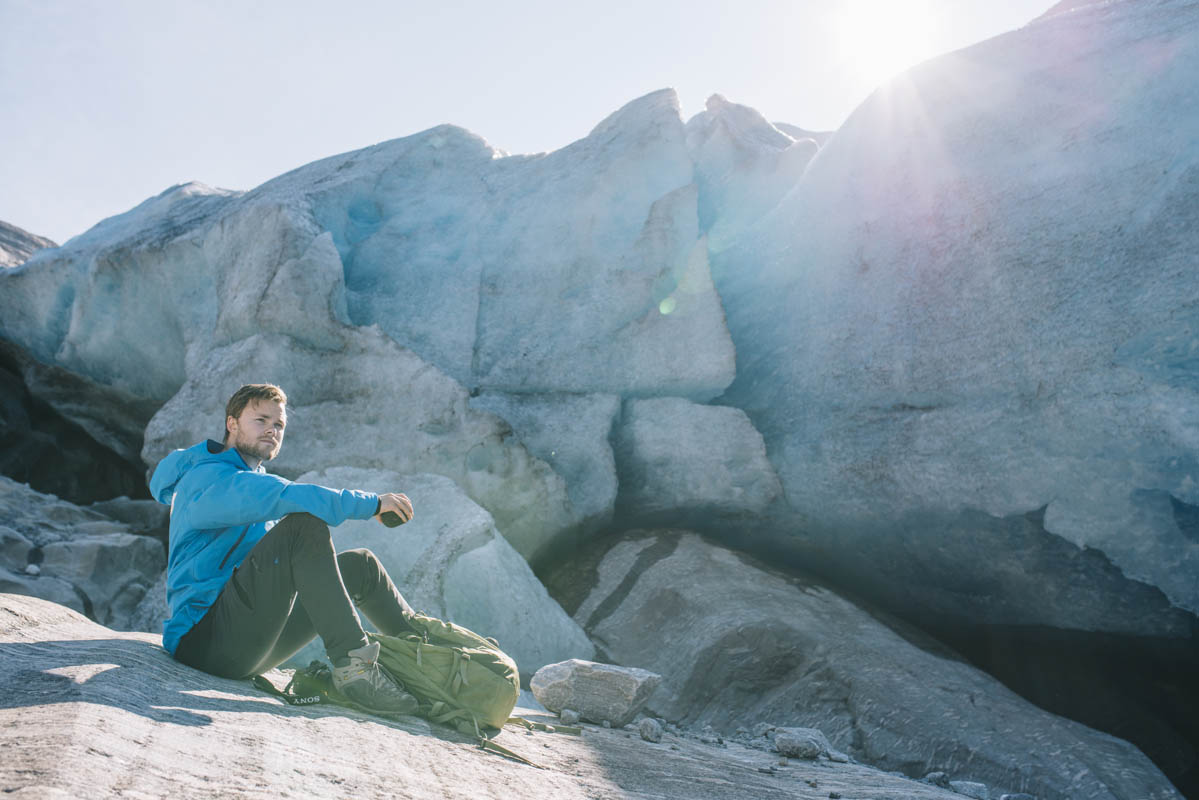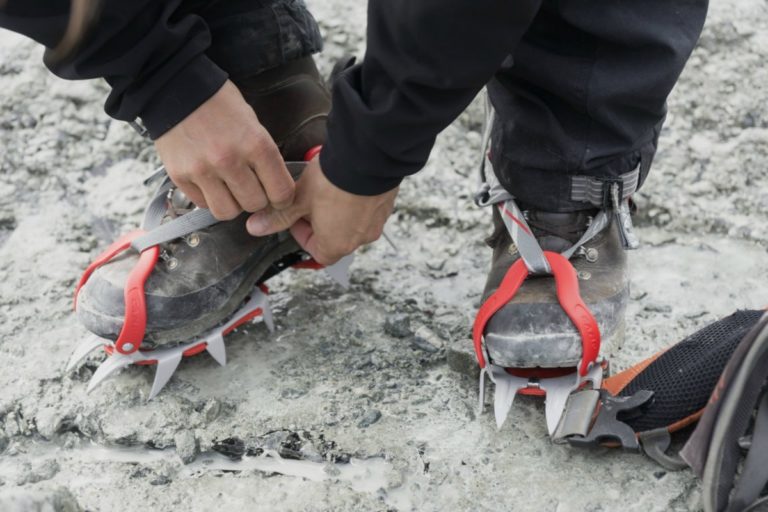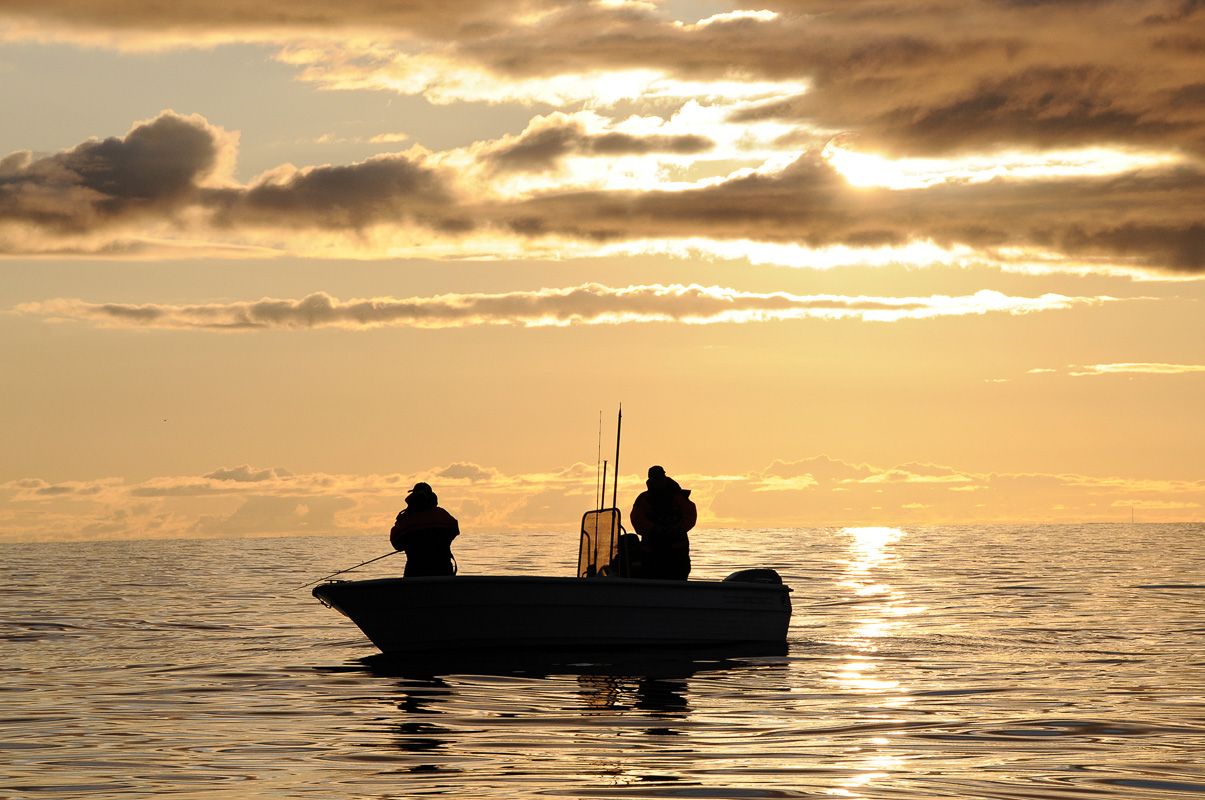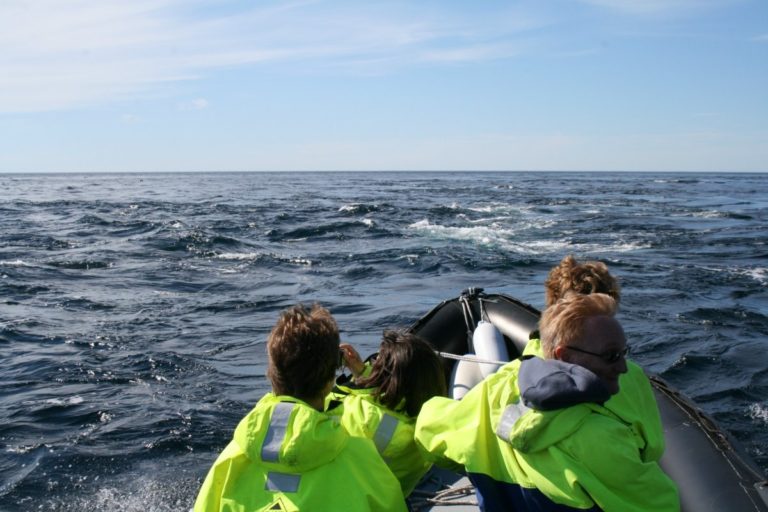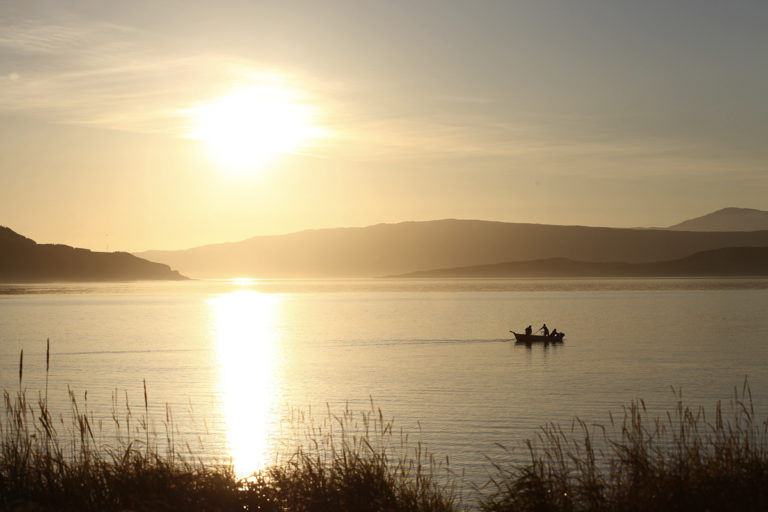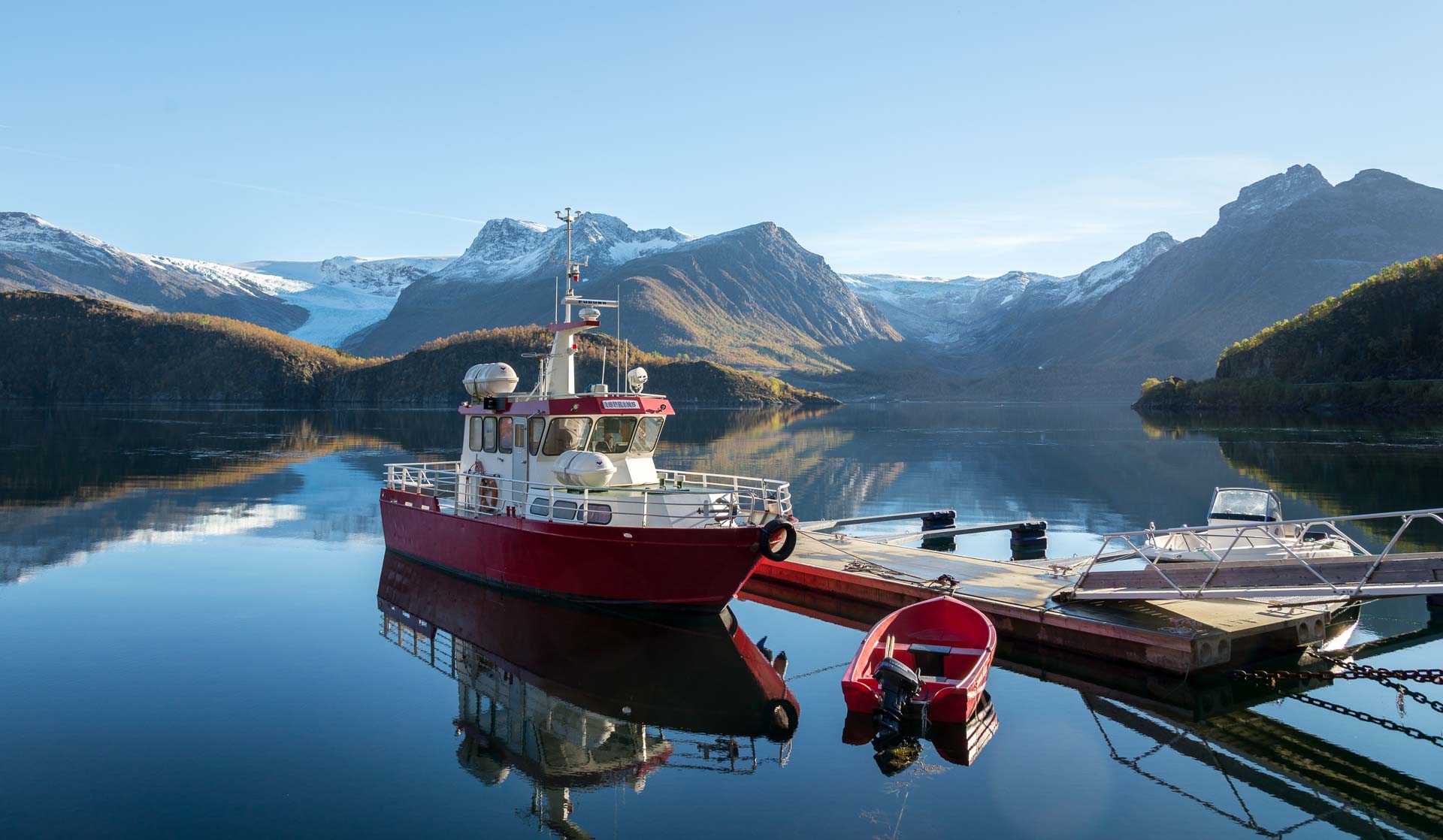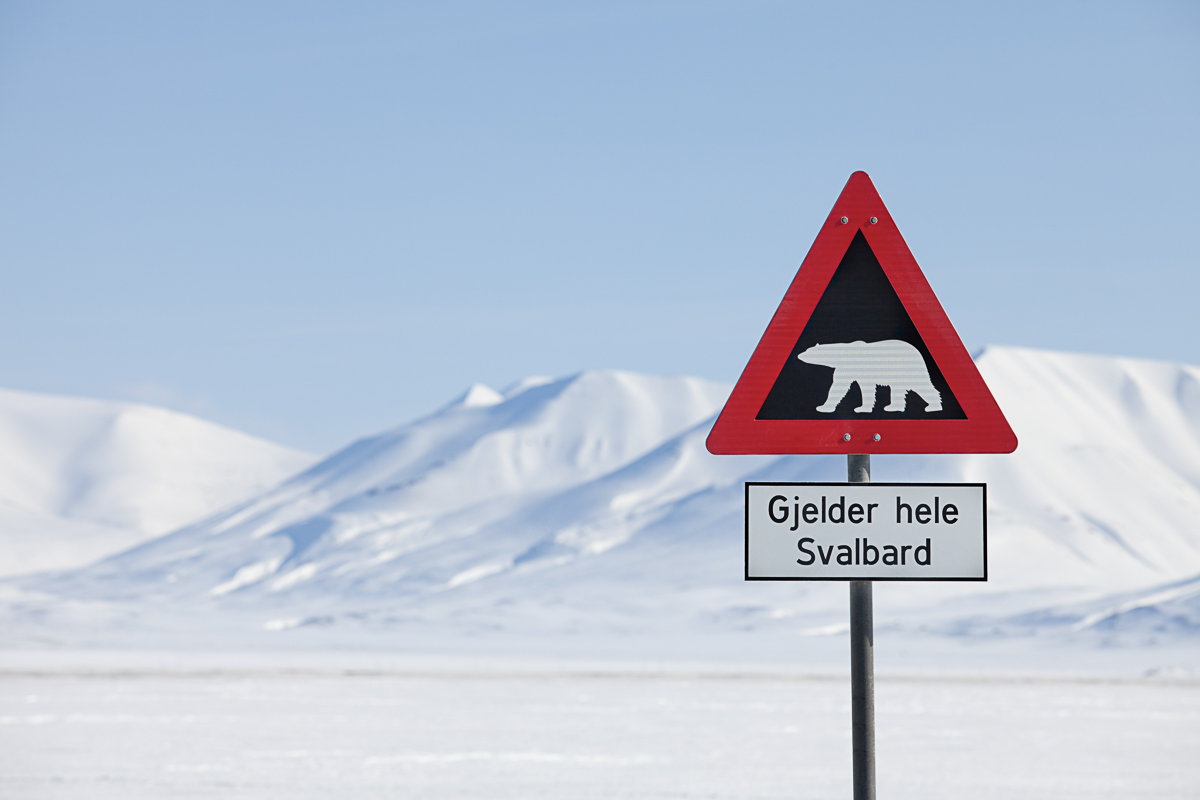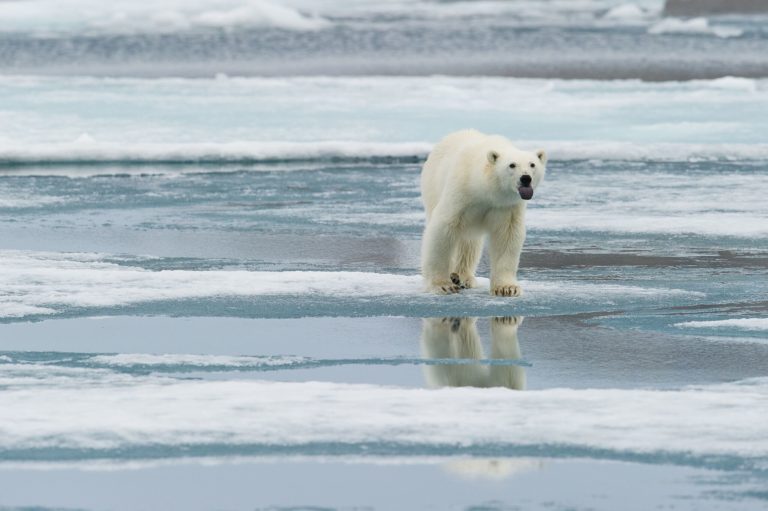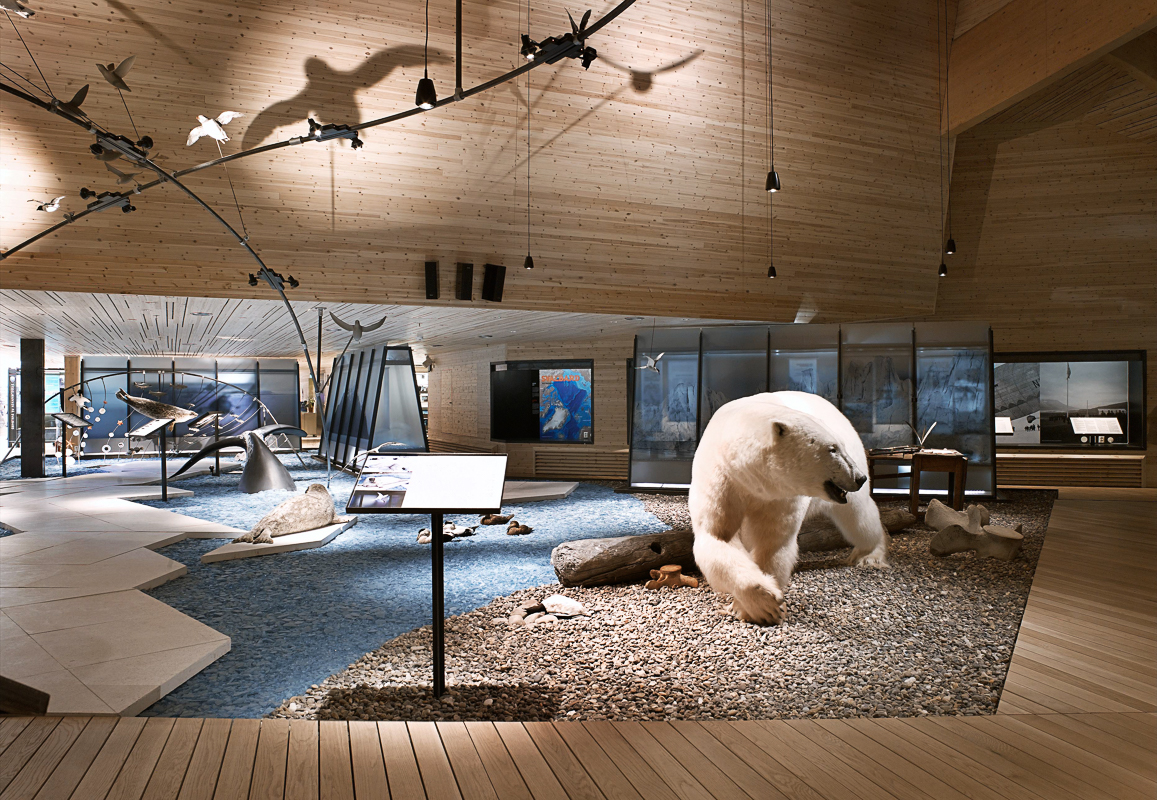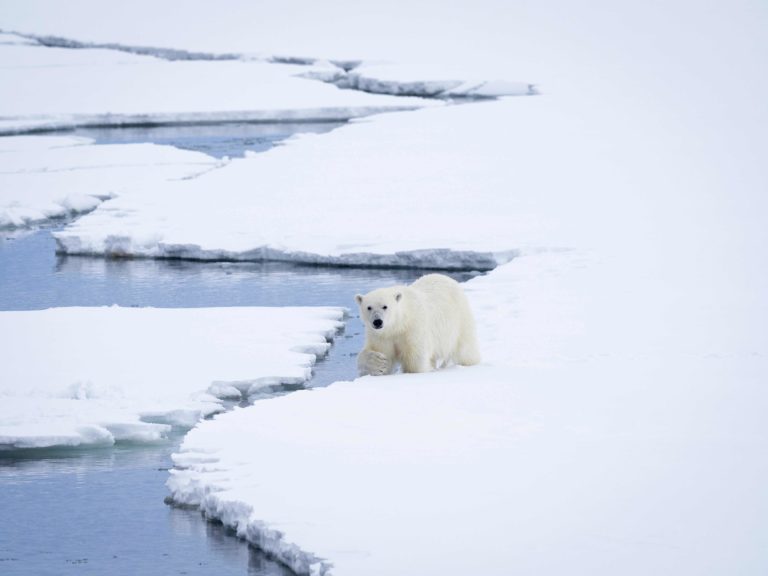Northern Norway is generally a safe place for your summer holiday. Just bring warm clothes and good footwear, don’t venture onto glaciers alone, and check the weather forecast before you go sea fishing. On Svalbard, you could become lunch for a polar bear if you’re unlucky…
People often feel the cold in summer more than in winter, and serious cases of hypothermia are fairly common. Shorts and T-shirts may well be a little optimistic for the fresh Northern Norwegian summer. Although you might sweat on your way up the mountain, you will quickly cool off when you sit down, so you should make sure that you have a spare shirt to change into, and keeping a sweater in your backpack is always a good idea. It’s also wise to have extra clothing with you in case you break an ankle and have to wait to be rescued. It’s always cooler out at sea than inland.
Essentials for your trip
If you’re hiking in the mountains or out on a boat trip, it’s a good idea to take a bag of extra clothing — as we know, wool is worth its weight in gold! Take:
- A woollen sweater and long woollen underwear
- A hat, gloves and a scarf
- A windproof jacket
- An aluminium blanket
Steep drops, scree and stones all pose a danger
Some of the peaks in Northern Norway are a little steep and intimidating, and should be avoided by people who are afraid of heights. Loose gravel, scree and stones make the terrain uneven, which is why you need good footwear. If you do injure yourself and need assistance, you can call the emergency number 113. This works some places where there is no mobile phone coverage, but far from everywhere.
Visit Norway has made an information site on safety.
Download the app Hjelp113, saving you valuable seconds when phoning the emergency services
Glaciers and other complex terrain
You should never go onto a glacier alone. Glaciers are full of crevasses, some of which are several dozen metres deep and invisible from the surface. Crampons, rope and ice axes are essential for glacier hikes, and we recommend everyone to complete a glacier course beforehand. Alternatively, you can join an organised glacier hike with a trained glacier guide. Some mountain hikes involve crossing a glacier, e.g. Møysalen in Vesterålen and Oksskolten in Helgeland. If you don’t have the experience or the equipment, you are advised to join an organised trip to the summit. Glacier fronts can also be dangerous places, because ice can fall without warning and bury you or hit your head. This is why you should never approach a wall of ice.
Deep-sea fishing
Deep-sea fishing can be risky due to bad weather and insufficient boating experience. If you are staying at a fishing camp, your safety will always be your hosts’ main concern. You should therefore listen to their guidance about managing the boat and where you can fish according to the weather conditions.
- The Norwegian Maritime Authority has published a brochure (in English) about safety for fishing tourists.
- Visit Norway informs extensively on their page.
- BarentsWatch publishes a wave forecast, useful for deep sea fishing.
- Life jackets are of course compulsory.
Polar bears
On Svalbard, man is not at the top of the food chain and polar bears have attacked and killed a number of people. For this reason, most people stay in Longyearbyen and only leave the city on organised trips with armed guides. If you have a hunting permit and evidence that you can shoot, you may hire a weapon and go out alone on short trips. However, overnight trips require a polar bear watch, tripwires and a wide range of other precautions, and are only recommended for experienced travellers. On the Northern Norwegian mainland, wild animals do not present any danger worth mentioning in any area.

